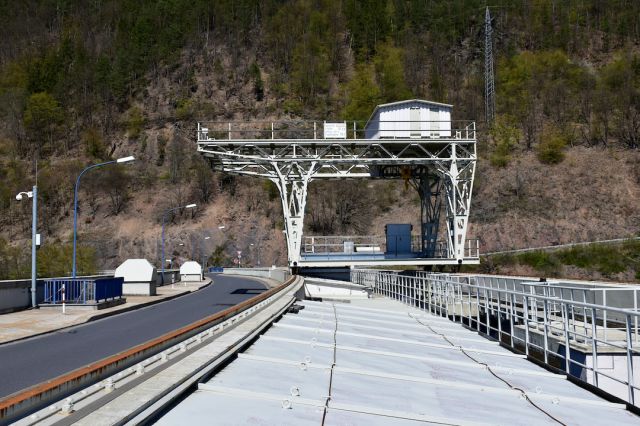When it comes to hoists operations, safety and efficiency go hand in hand. Of course, the main goal is to ensure that all hoists operations are conducted safely, but it is equally important to ensure that the operations are done efficiently. This can be a difficult balance to maintain, as the safety protocols can sometimes interfere with the efficiency of the operations. However, by taking the time to consider both safety and efficiency, it is possible to develop protocols that ensure the safety of workers and the efficient operation of the hoists.
Safety Considerations
When it comes to hoists operations, safety must always be the first priority. Every step that is taken should be evaluated for its potential safety implications. Some of the most important safety considerations include:
- Properly trained and certified personnel
- Regular maintenance of hoists and equipment
- Adherence to all safety protocols
- Properly secured cargo
- Properly calibrated hoists and equipment
- Adherence to all applicable regulations
- Regular safety inspections
These safety considerations should be taken into account when developing protocols for hoists operations. By ensuring that all personnel are properly trained and certified, and that all equipment is properly maintained and calibrated, it is possible to reduce the potential for accidents and injuries. Additionally, it is important to adhere to all safety protocols and applicable regulations to ensure that all operations are conducted safely.
Efficiency Considerations
In addition to safety considerations, it is important to consider how to maximize the efficiency of hoists operations. While safety is the top priority, it is also important to ensure that operations are conducted as efficiently as possible. Some of the factors that can influence efficiency include:
- Properly planned operations
- Adequate staffing levels
- Efficient use of hoists and equipment
- Adequate supply of materials
- Minimization of downtime
- Reduction of errors and rework
By taking the time to plan operations in advance, and ensure that there are adequate staffing levels and supplies, it is possible to reduce downtime and increase efficiency. Additionally, making sure that hoists and equipment are used efficiently can help to minimize errors and rework.
Balancing Safety and Efficiency
Balancing safety and efficiency in hoists operations can be challenging, but it is essential to ensure the safety of workers and the efficiency of operations. By taking the time to consider both safety and efficiency, it is possible to develop protocols that ensure the safety of workers and the efficient operation of the hoists. By properly training and certifying personnel, maintaining and calibrating equipment, and adhering to safety protocols and regulations, it is possible to ensure the safety of workers. Additionally, by planning operations in advance, ensuring adequate staffing and supplies, and using hoists and equipment efficiently, it is possible to maximize the efficiency of operations. By taking the time to consider both safety and efficiency, it is possible to develop protocols that ensure the safety of workers and the efficient operation of the hoists.






